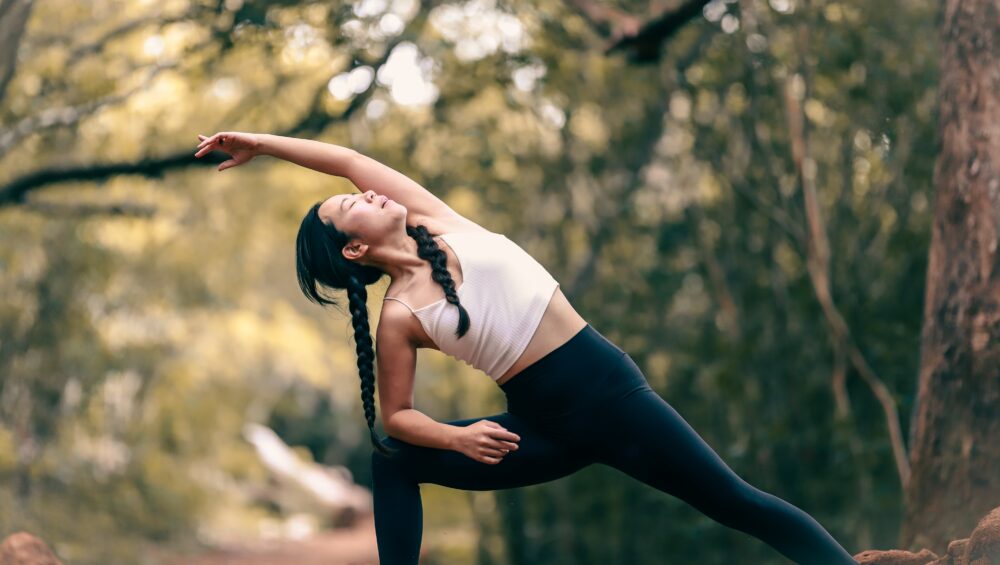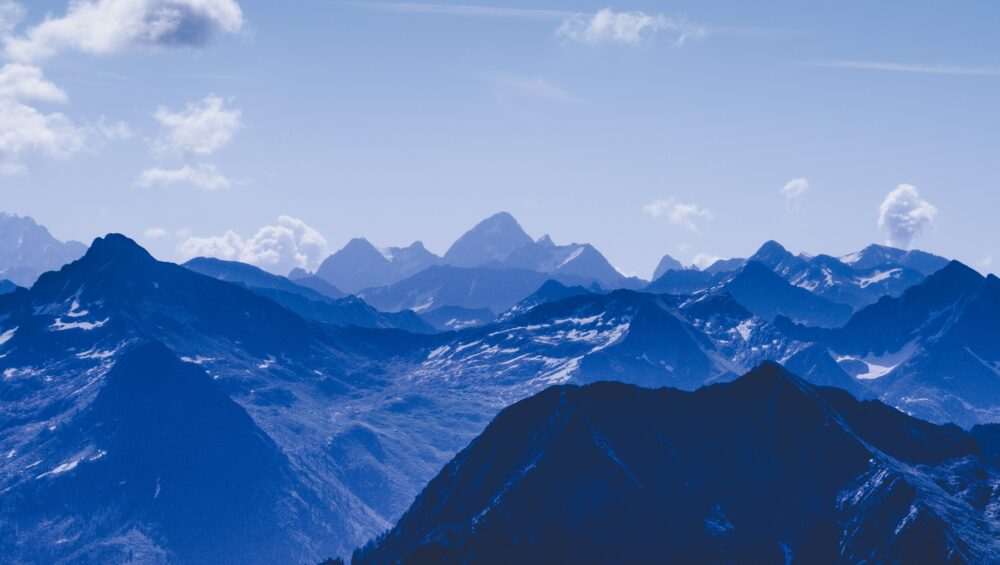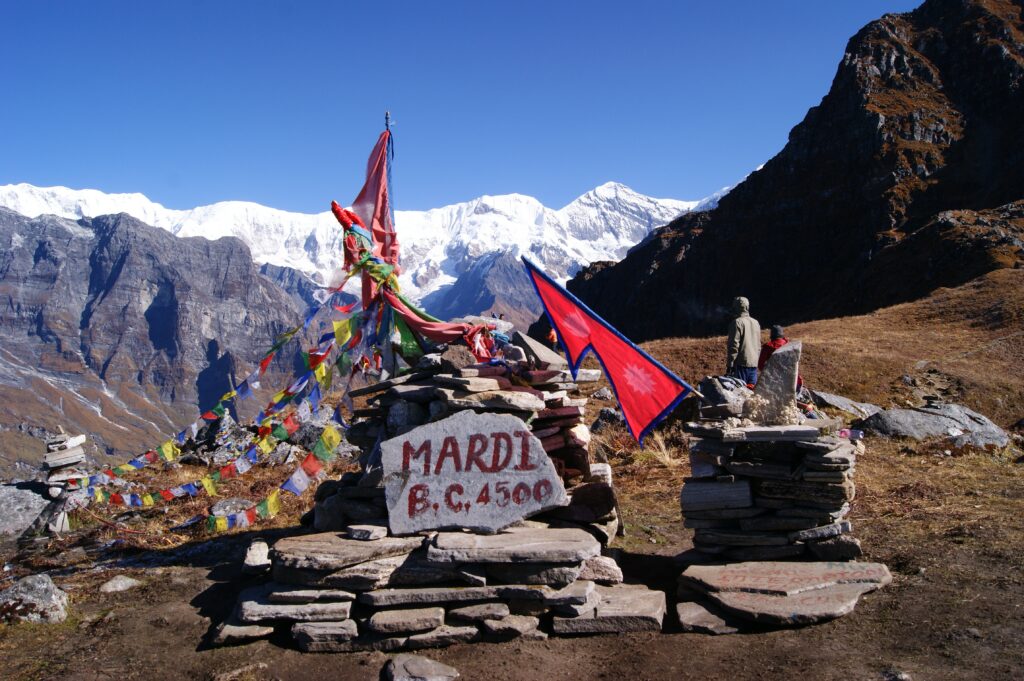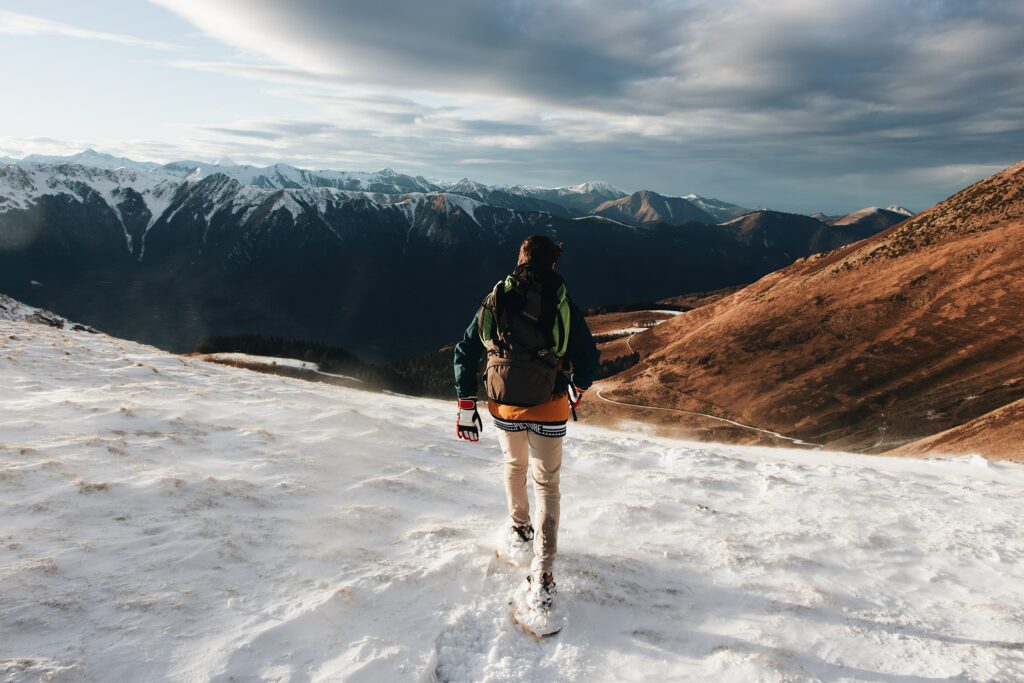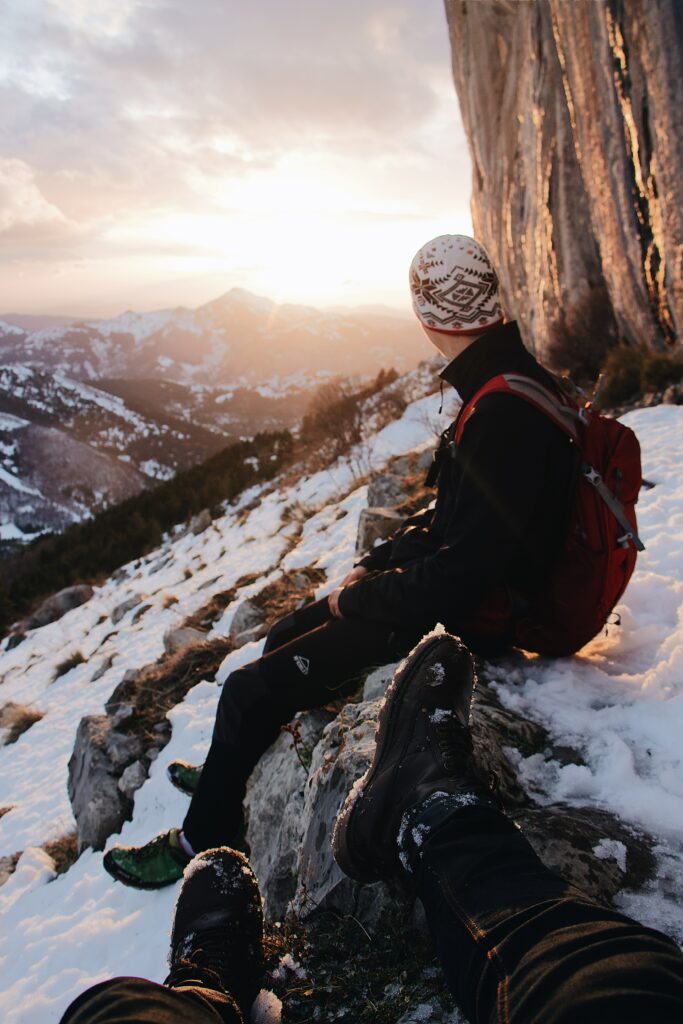Are you hoping to summit one of Colorado’s famed 14ers but don’t know if you’ve got what it takes? It is actually a lot easier than you think to get in shape for a hike, and you can train to go from couch to 14er in a matter of months. Following a consistent and well-rounded exercise plan will prepare you to hike your first 14er and make sure you have a great time doing it.
There are a few important elements to remember when training for a big hike. They are cardio, strength, and flexibility. In this article, we will go over how to train for all three and what a typical week should look like as you prepare for a hike in Colorado.
Cardio Training for Elevation Hikes
Cardio is important not just for long-distance hiking, but in this case, also for hiking at elevation. As you climb up a mountain, the amount of oxygen in the air decreases. At sea level, the air is about 21% oxygen. At 8,000 feet, it is 15%, and by 14,000 feet, it is 12.3%. This means that you will fatigue faster and get muscle cramps more easily. If you are not prepared physically for the elevation, you will be more susceptible to symptoms of altitude sickness.
Doing cardio training helps combat these symptoms by conditioning your body to use oxygen more efficiently and adapt better to vigorous exercise. When training to hike a 14er, it is best to do cardio every other day. You can strength train in between and of course, have an active rest day (or weekend). Your cardio exercise should last at least an hour and focus on consistent exercise, often called steady-state cardio. This means working hard with minimal rests, to the point where you are breaking a sweat but not risking injury.
Good cardio exercises for preparing to hike a 14er can be anything from rowing to running or biking to swimming. It is helpful to focus on low-impact exercises so you do not injure or over-stress joints when training.
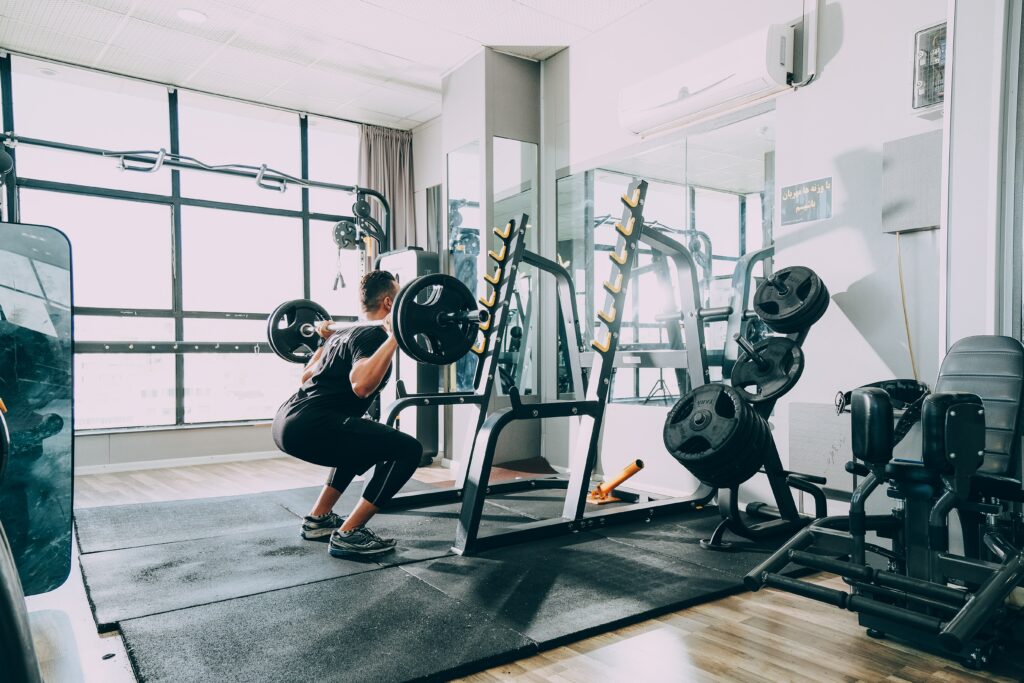
Strength Workouts for Hiking Training
Strength training may not be top of mind when you consider hiking a 14er, but it is just as important as training for cardio. Mountain climbing requires endurance from many muscles in your legs, back, and core. Between hiking at an incline (or decline on the way down) and some large steps in a scramble, you will certainly find your legs tested on a Colorado 14er.
Your strength workouts should take at least half an hour. I like to complete three sets of eight to ten exercises on strength training days. A good strength training routine will include full-body and core exercises. You want to focus on building stability and endurance in the ankles, knees, and hips. There is a multitude of different movements you can choose from to work on these areas. For legs, you’ve got squats, lunges, step-ups, step-downs, and heel raises. Hip flexor and lower core strengthening exercises include deadlifts, hip thrusts, and various sit-up workouts. If you have had problems with your feet in the past, be sure to include towel curls (or towel scrunches) to help strengthen your arch and prevent injury.
Pack and Elevation Training
One more important part of strength and cardio training is hiking with weight. When you are hiking a 14er, you will need to bring a day pack with water, food, extra layers, and first aid gear. No matter how light you keep it, your body and your back will notice this extra weight. That is why it is essential to build pack training days into your cardio routines.
My preferred schedule is to work out every day of the week, with cardio Tuesdays and Thursdays. Then, plan Saturdays for practice hikes with pack and elevation training and Sundays as your rest day. When you organize your schedule like this, you will find it takes only a few months to go from couch to 14er.
You should start your training hikes with two or three-hour hikes that have a minimal elevation gain of a couple of thousand feet. There are plenty of great moderate hikes near Colorado Springs to choose from, including the Columbine Trail. Once you build up to six to eight-hour hikes with at least 4,000 feet of elevation gain, you will surely be ready for your first 14er.
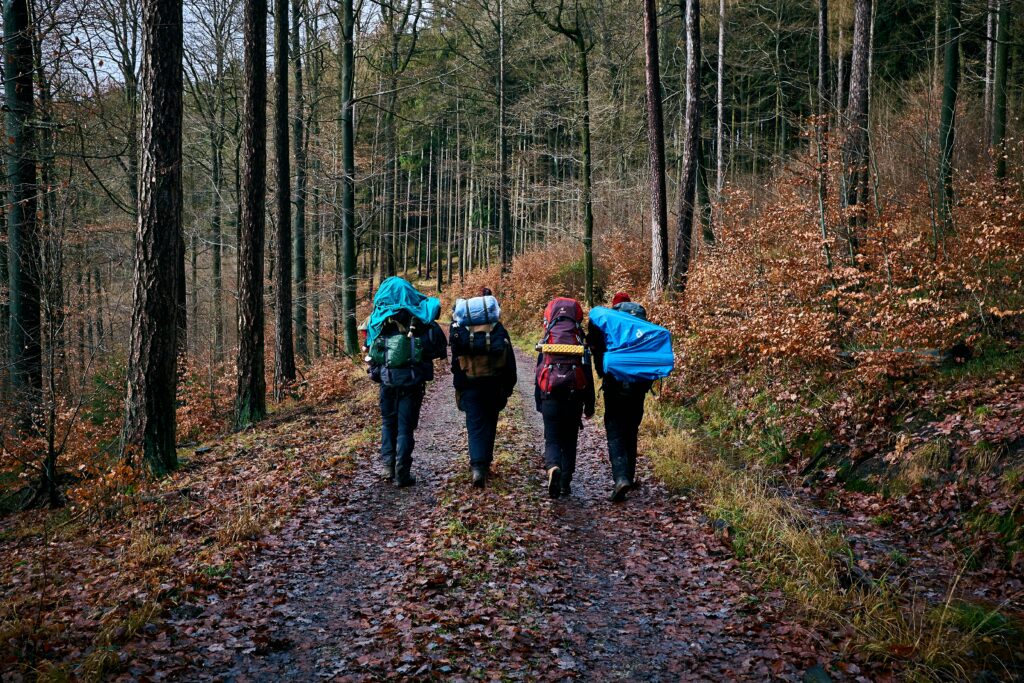
Flexibility Training for Hiking 14ers
The final part of hiking training, one certainly not to be overlooked, is stretching. When training to hike a 14er, you should stretch every single day, even on your rest days. If you do not stretch daily, you will find your muscles tighter, more injury-prone, and sorer.
It is best to stretch during and after workouts. It is a myth that you should stretch before you start exercising. Stretching when your body is cold can cause microtears in your muscles. Instead, take five minutes to warm up or start light exercises before you get into a deep stretch.
You should, at the very minimum, stretch your calves, hamstrings, quads, IT bands, hip flexors, and back (by touching your toes). I also like to stretch my feet by extending my toes and my ankles by kneeling and sitting (gently) on my heels. You should hold each stretch for twenty seconds and repeat any that feel tight. While these stretches do take time, your body will thank you, and you will feel more relaxed and able to endure longer workouts.
Hiking Your First 14er
Don’t feel defeated at the prospect of training for a 14er. You do not actually need to hike 14,000 feet in elevation gain to summit one of Colorado’s peaks. There are many hikes to peaks that are only a few thousand feet of elevation gain, depending on the parking lot and trail you choose. With a few months of hard work and training, you can begin using 14ers to train for other, more strenuous 14ers.
So where should you start? Many people consider Pikes Peak to be the easiest 14er near Colorado Springs. If you are hoping for a little professional guidance before you tackle your first 14er, be sure to check out a guided hiking tour. With 58 peaks over 14,000 feet, Colorado has no shortage of inspiring hikes to add to your bucket list. Be safe, and happy hiking!

